General Tool/ Accessories Guide
Eraser
This is used alongside the pencil to remove layout lines. Pencil lines are useful to have when constructing the project but the eraser can then be used to remove them once the project has been assembled.
Paul likes the Staedtler eraser as it has no rubber in it. 🇬🇧 We purchased this from Amazon around 2019 for £2.08. In our latest price check* the price was £2.93

Pencil
This is used to mark out joints and sketch out designs. It is handy to have on the workbench for a quick way to make marks and layout lines. It is useful to have a pencil which can be used for sketching and also marking on wood, Paul recommends the HB/#2 Ticonderoga pencils as he found these are great for both jobs, they also have a handy eraser on the end.
🇬🇧 We purchased these from Amazon around 2019 for £8.99 for a pack of 12. In our latest price check* the price was £8.70 🇺🇸 If you are ordering these from the US, we have found them on Amazon.com.
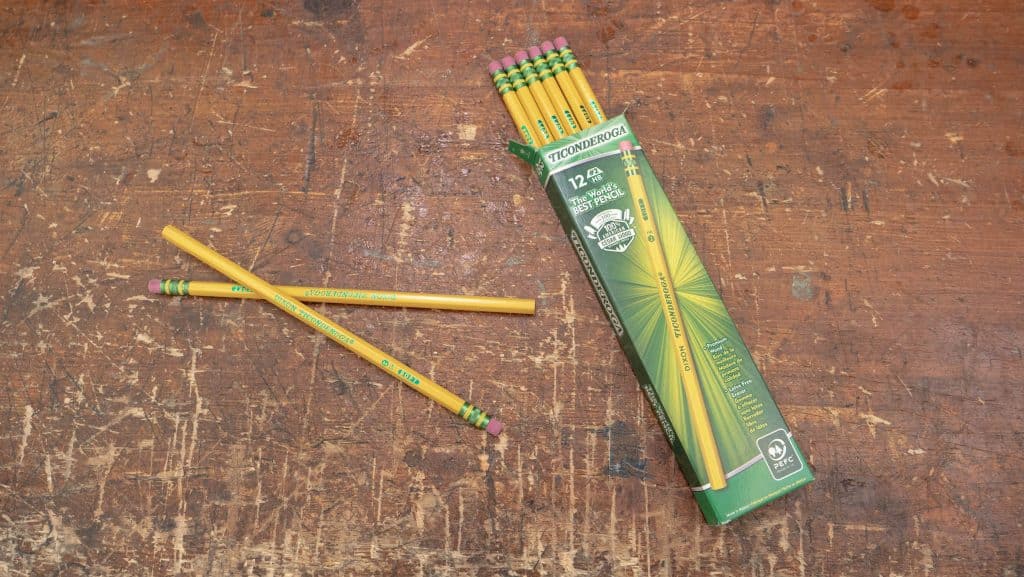
Steel rule
This is used for measuring lengths, this is preferred over a plastic ruler as plastic can become easily damaged when working with wood and tools. Usually comes in sizes of 12” (30cm) or 40” (1 metre). Paul recommends getting one which is engraved so the markings can’t rub away.
🇬🇧We purchased these ones from Amazon in July 2023 for £6.99*. In our latest price check* the price hadn’t changed. 🇺🇸 If you are ordering from the US, we recommend this one from Amazon. Please note Paul has not purchased this, however it seems to fit his recommended criteria.
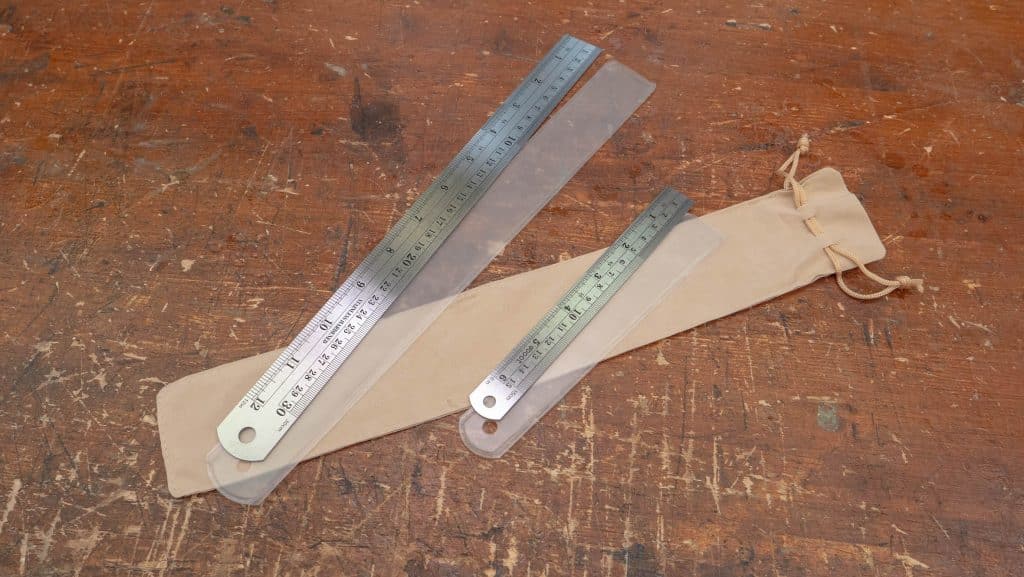
Tape
A retractable tape measure allows you to measure long lengths without having to take up a lot of space for storage. The curve in the tape provides strength and stiffness which provides a sturdy edge for marking. Paul recommends getting one with a plastic outer casing as this is lighter to carry around, he also suggests you get a small one which fits in your pocket. Usually the dimension of the casing are not stated online so it might be best to buy one of these in store.
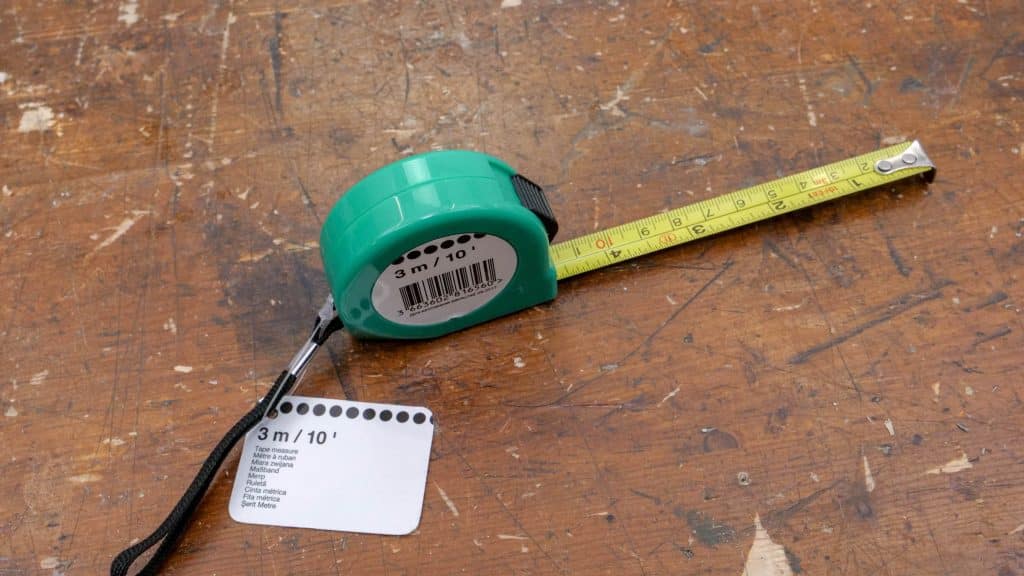
Screwdriver
The flat head and cross head screwdriver are commonly found in most household tool boxes. They are a useful tool to own as they are compatible with many fixtures and fittings. Like many hand tools, this tool relies on the strength of the user, for this reason, some people prefer screwdrivers with rubber grips as this gives more purchase when tightening/loosening however Paul prefers them without.
The main use is to either tighten or loosen a slotted screw. These can be countersunk, raised or domed, as long as they have a slot for the screwdriver.
Paul suggests getting a 4 in 1 screwdriver which has interchangeable heads as this saves space and money.
🇬🇧We purchased this from Amazon in January 2018 for £4.95. In our latest price check* the price was £5.75 🇺🇸 If you are ordering from the US, we have found it on Amazon.com.
Head – The end of the screwdriver which comes into contact with screws and can come in a number of different shapes.
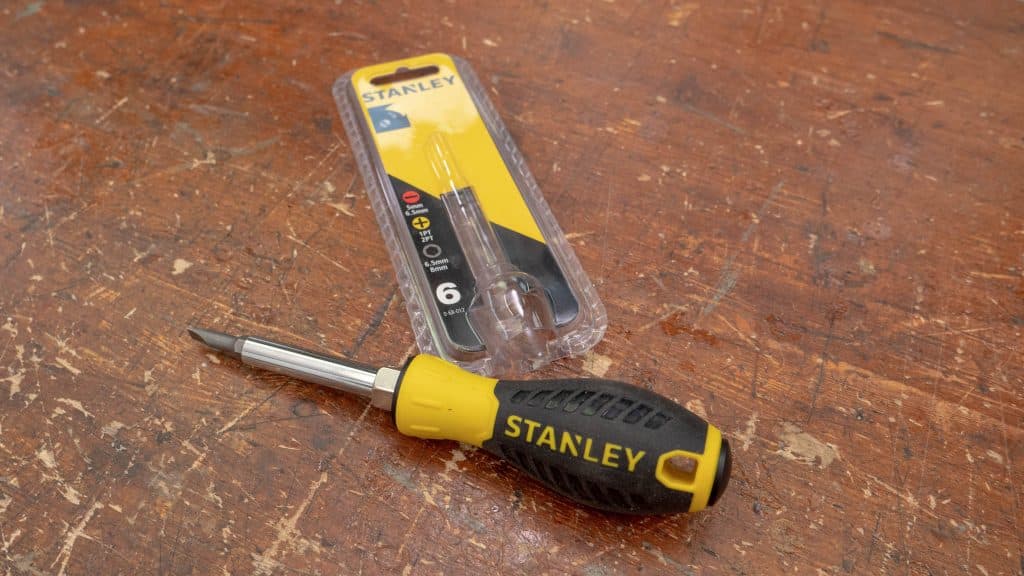
Square Awl
There are several different types of awls which are for different crafts, some work better with fabrics, some with metals and some with woods. The square awl is most commonly used in woodcraft and is made up of a steel stem formed into a square cross section and held in a wooden or plastic handle.
The main use of a square awl is to pierce the wood to start off a hole for a screw. By starting off the screw in this way, you are ensuring and easy and accurate start for the screw. Using an awl can also reduce the risk of the wood splitting when the screw enters.
To use, hold the handle and press the point into the wood, turn both clockwise and anticlockwise by ¼ turns until the point has reached the required depth. This parts the wood fibres without actually removing them. The tapering end of the awl has corners which act as cutting edges, they do need sharpening over time, this can be done by filing the flat faces with a file.
You can buy a new square awl for between £6-8, Paul recommends buying the square awl.
Other Types of Awl:
- Conical/ Flat/ Square/ Pyramid Point
- Marking Awl/ Scratch or Scratching Awl, Piercing Awl amongst others.
🇬🇧 We purchased this from Amazon for £7.21* around 2018. In our latest price check* the price was £10.21. 🇺🇸 If you are ordering from the US, we recommend this one. Please note Paul has not purchased this, however it seems to fit his recommended criteria.
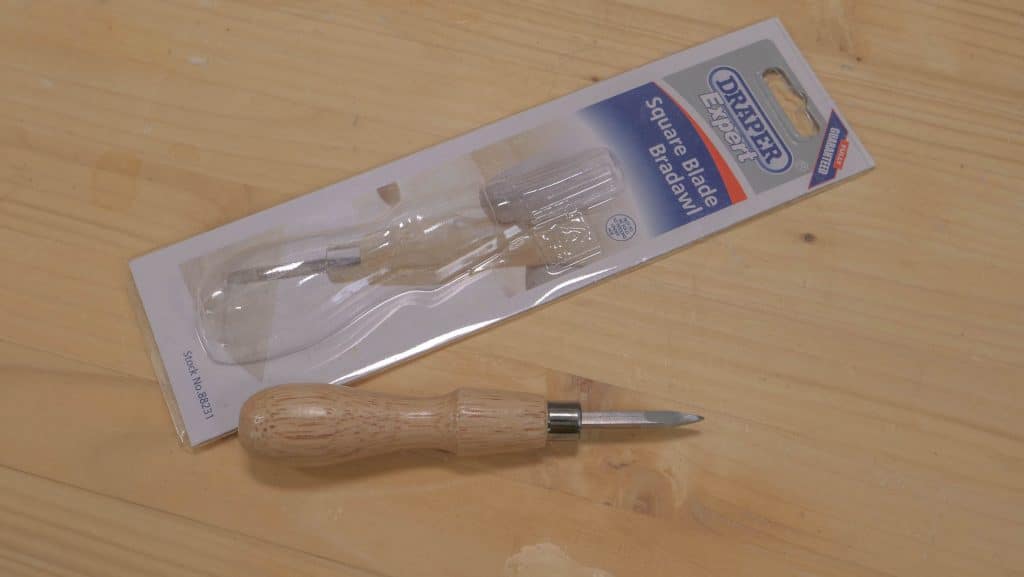
*Prices checked March 2024

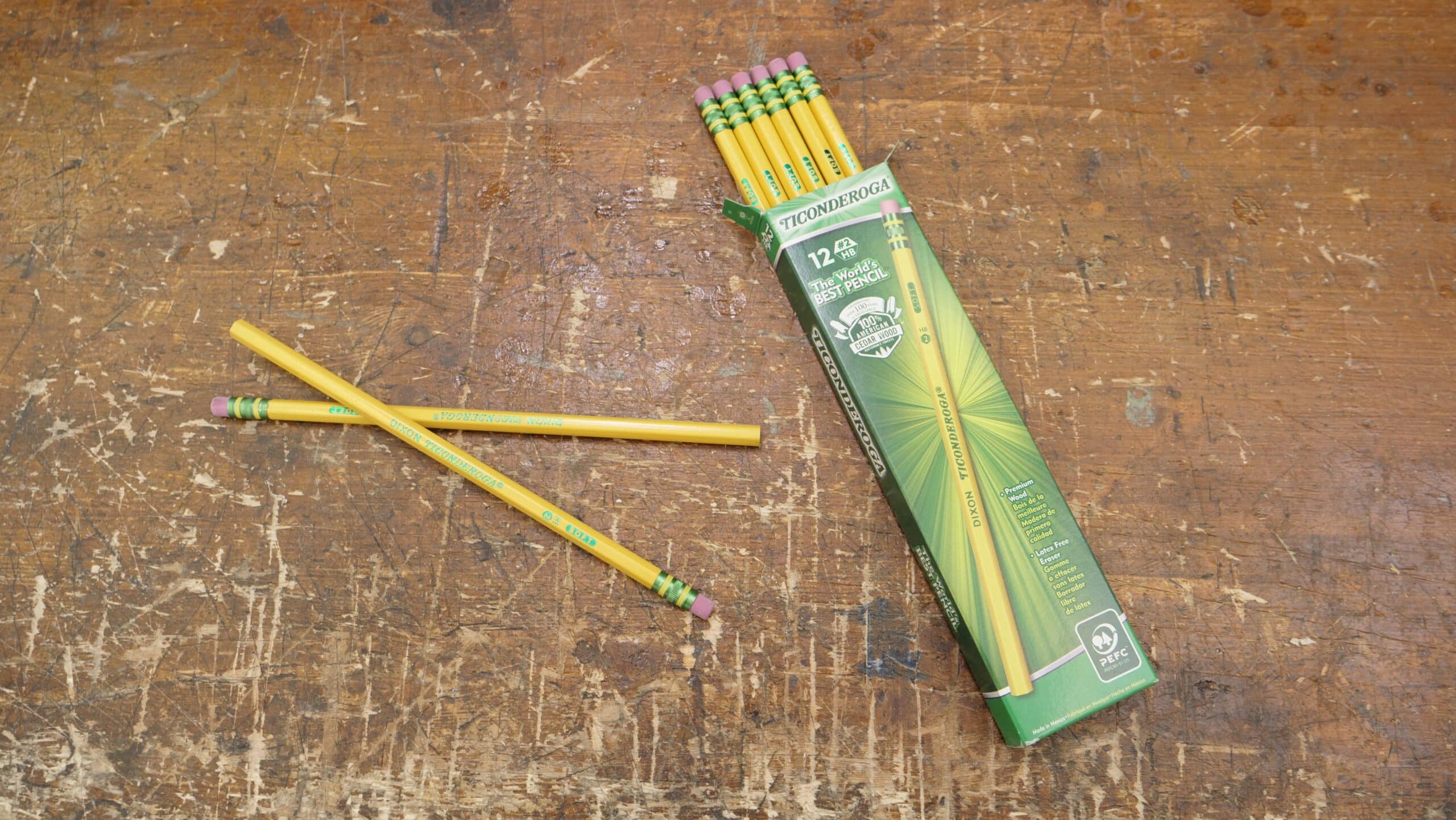


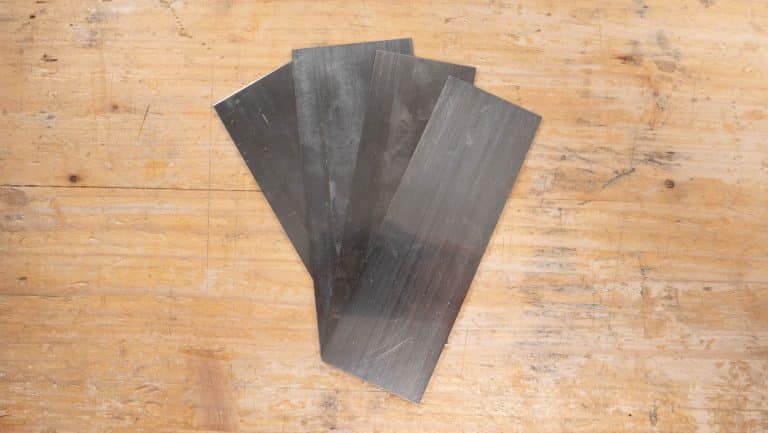
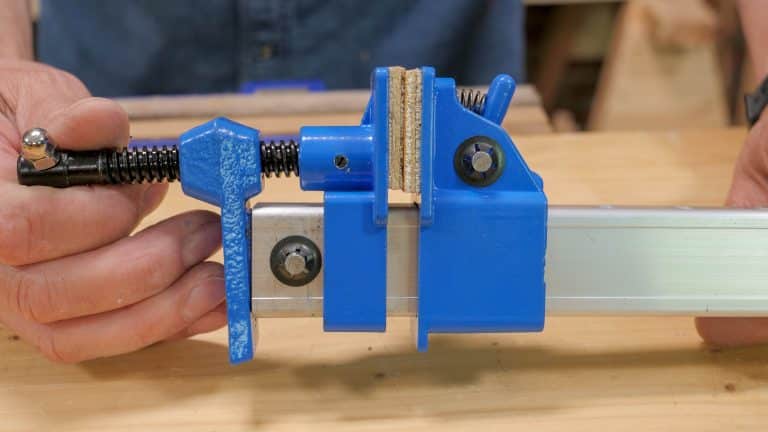
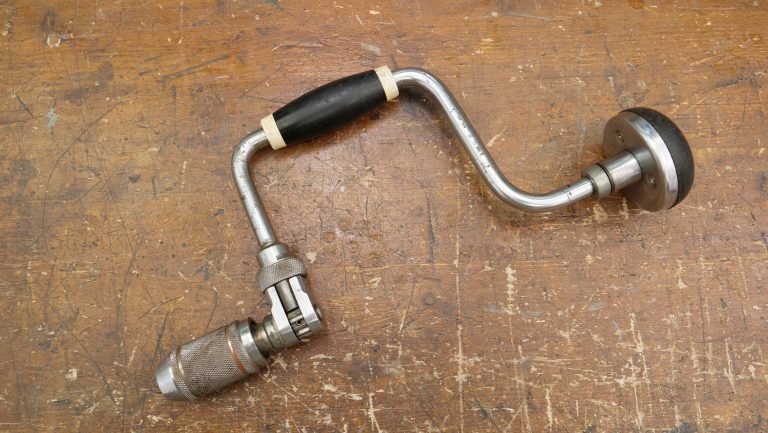
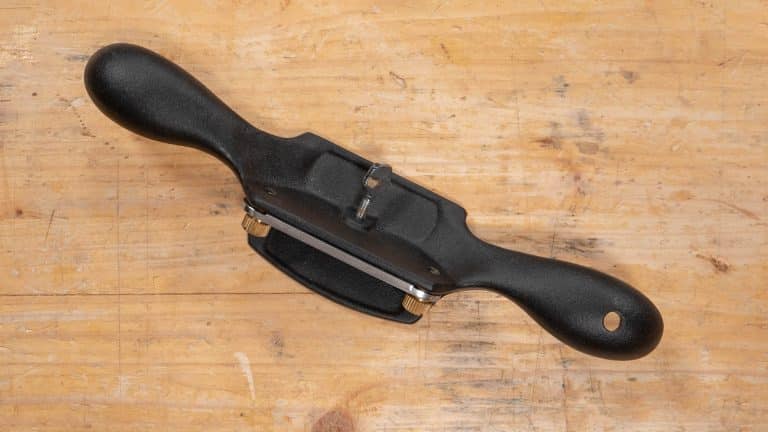
As always, Paul’s Guides are spot on.
I have really changed a lot of my woodworking habits since I stumbled onto Pauls WebSite.
Thanks, so much for all the good advice.
Mike Van Hove
Hi Mike,
Thank you for your comment.
It’s great to hear you are finding the guides useful!
Kind Regards,
Izzy
Would be great if you could put a link to the next guide at the bottom/top of the page just to make navigation easier; otherwise good info especially if you are just starting on this journey.
Hi Johnathan,
Thank you for your suggestion!
Kind Regards,
Izzy
May Paul suggest a protractor? Thank you.
Hi,
Paul says protractors are handy to have but he doesn’t consider them essential at this stage.
Kind Regards,
Izzy
Hi, the link to ebay for US purchase of awl no longer exists.
Hi Ted,
Thank you for letting us know. We have now updated this.
Kind Regards,
Izzy
Hi,
I am from India and amazon doesn’t deliver most of these tools here. can you please help in this regard.
Draper don’t seem to stock the Square Awl now and the Ebay page still says its missing. Any other suggestions welcome please.
I wanted to mention I bought 2 square awls manufactured by Narex last week in the US. These are the 1/4” (appx 6mm) round shaft awls ground square the last 1 3/4” (45mm) and they seem to have the appropriate taper to work correctly. The reason I mention this is because they were roughly $10.50 USD (maybe £8 more or less) plus shipping but a really good deal overall. The overall length is about 6” (150mm) total and have decent beech knob handles dyed a dark brown color. I got tired of making my own, and was looking for inexpensive square awls to also give out as gifts to my other woodworking friends. These really seem to fit the bill, as other companies seem to have stopped making them at this time (Yes, I AM thinking of the nice ones Crown Tool used to make, darnit)! The only real work I had to do was take a file to the point, and make it more pyramid shaped, but that was all. The steel seems properly hardened too.
Food for thought if others are looking for a good quality, but lower priced square/birdcage awl. These are not a smaller 1/8” or 3/16” style but can still work good for starting screws or making holes in stock. Good luck and happy holidays.